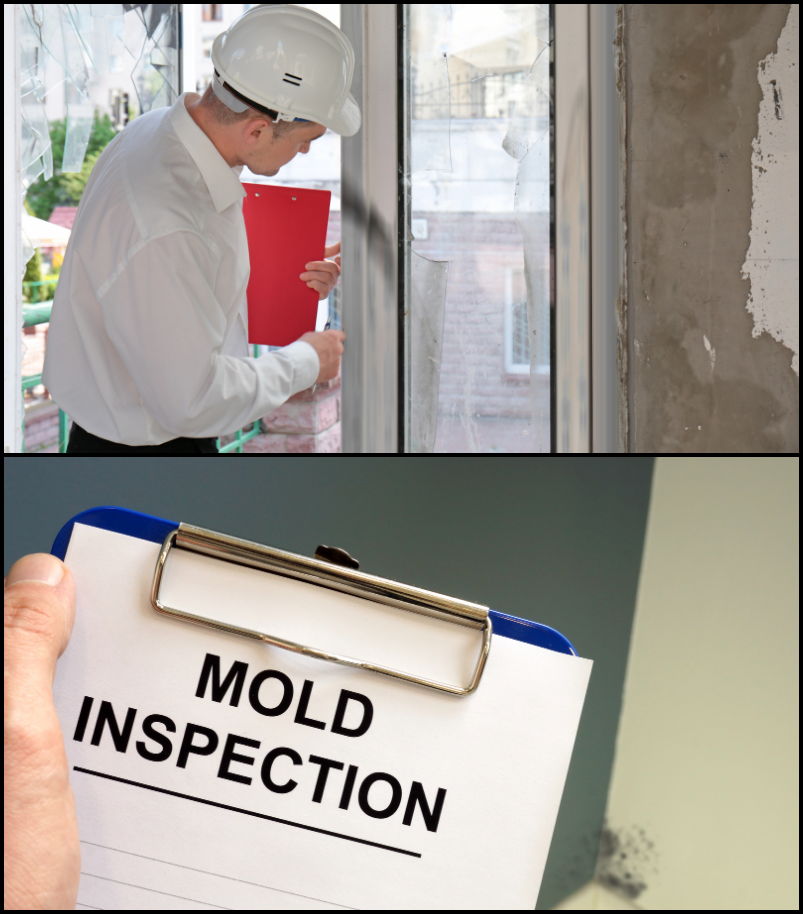Mold Testing in Southampton


The Importance of Mold Testing On Long Island
Professional Mold Inspection in Southampton
Residential
Commercial
Southampton is one of the most famous and historic villages in the Hamptons, located on Long Island’s South Fork in Suffolk County. Known for its stunning oceanfront mansions, upscale lifestyle, and cultural heritage, Southampton is a premier destination for both summer vacationers and year-round residents. With a population of about 3,300 people, the village exudes luxury, charm, and exclusivity, while also offering a strong sense of community and rich history. Founded in 1640, Southampton is the oldest English settlement in New York and has retained much of its colonial charm. The village’s history is evident in its well-preserved architecture, historic landmarks, and museums. The Southampton History Museum and the Rogers Mansion offer glimpses into the area’s past, while the nearby Shinnecock Indian Nation reflects the deep Native American heritage rooted in the area.
The local economy of Southampton is driven by tourism, real estate, and the service industry. The village is home to numerous high-end shops, art galleries, restaurants, and luxury boutiques. Southampton’s bustling Main Street is lined with upscale stores, making it a popular shopping destination for both locals and visitors. Additionally, the village features several world-class golf courses and country clubs, such as the prestigious Shinnecock Hills Golf Club, which has hosted multiple U.S. Open tournaments. One of Southampton’s greatest assets is its beautiful beaches, considered some of the best in the Hamptons. Coopers Beach, in particular, is a top destination, consistently ranked among the best beaches in the United States. With its soft white sand, gentle waves, and facilities like lifeguards and snack bars, it’s a favorite for families and beachgoers looking for a pristine seaside experience. Other beaches, like Flying Point and Little Plains Beach, offer more secluded spots for those seeking privacy and tranquility.
Our Mold Testing Services in Southampton
Our testing and inspection process includes the following steps:
Visual Mold Inspection:
Identifying any visible signs of mold growth.
Air Quality Testing:
Detecting mold spores in the air to assess indoor air quality.
Surface Testing:
Collecting samples from surfaces to confirm mold presence.
Moisture Mapping:
Pinpointing areas of potential water damage that may lead to mold growth.
Why Choose Long Island Mold Testing
Certified and Experienced
Local Experts
Fast & Reliable Service
Health-Focused Approach
FAQs
1. What is mold testing?
Mold testing involves inspecting a property for the presence of mold by collecting air or surface samples and analyzing them in a laboratory to determine if harmful mold is present and at what levels.
2. Why is mold testing important?
Mold testing helps identify hidden mold growth that can cause health issues, property damage, and decreased indoor air quality. It allows homeowners to take prompt action to remove mold and prevent further problems.
3. How do I know if I need mold testing?
If you notice visible mold, experience a musty odor, or suspect water damage (e.g., from flooding or leaks), mold testing is recommended. It’s also a good idea after purchasing a home, following major storms, or if household members experience unexplained health issues.
4. What types of mold are commonly found in homes?
Some common molds found in homes include Stachybotrys (black mold), Penicillium, Aspergillus, and Cladosporium. Testing can determine the specific types of mold present and assess the risks they may pose.
5. How is mold testing performed?
Mold testing typically involves collecting samples from the air, surfaces, or materials in your home. These samples are then analyzed in a lab to identify the types of mold present and their concentrations.
6. How long does mold testing take?
The actual testing process usually takes a few hours, but receiving lab results can take anywhere from 24 hours to a few days, depending on the type of testing and the laboratory used.
7. How much does mold testing cost?
The cost of mold testing varies depending on the size of the property, the extent of testing required, and the types of tests performed. Prices typically range from $300 to $600, but more comprehensive testing can cost more.
8. What should I do if mold is detected in my home?
If mold is found, you should contact a professional mold remediation company to safely remove it. It’s important to address the underlying cause of the mold (such as water leaks or high humidity) to prevent future growth.
9. Can I test for mold myself?
There are DIY mold testing kits available, but they may not be as reliable as professional testing. Professional mold inspectors are trained to locate hidden mold and provide more accurate assessments of the extent of the issue.
10. How can I prevent mold growth in my home?
To prevent mold growth, control indoor humidity levels, repair leaks promptly, ensure proper ventilation (especially in bathrooms and kitchens), and clean and dry areas affected by water damage as soon as possible.
11. Is all mold dangerous?
Not all mold is harmful, but certain types of mold can cause health issues, especially for individuals with allergies, asthma, or weakened immune systems. Professional testing can help determine if the mold in your home poses a risk.
12. How often should mold testing be done?
Mold testing should be done after water damage, if mold is visibly present, when moving into a new home, or if you notice unexplained health symptoms. Otherwise, periodic testing every few years can ensure your indoor air quality remains safe.